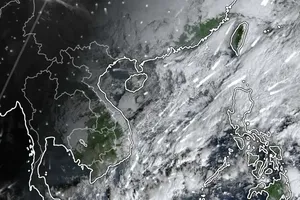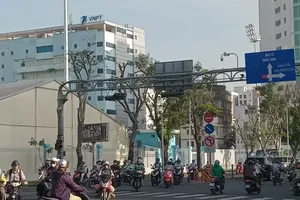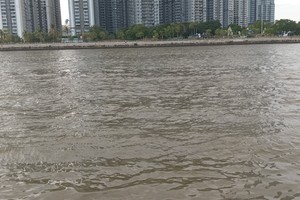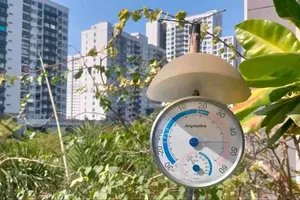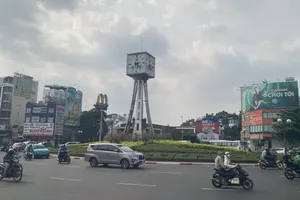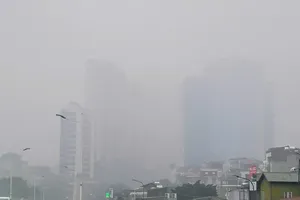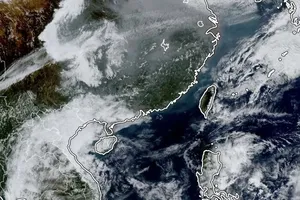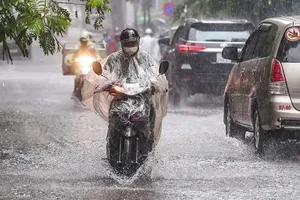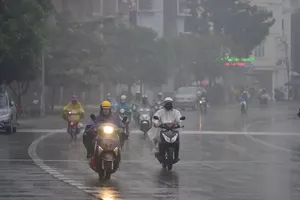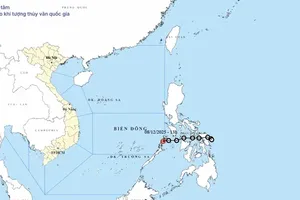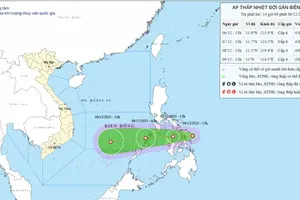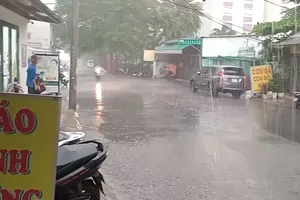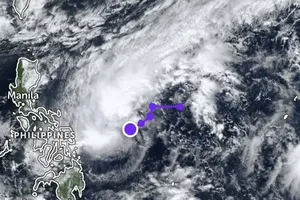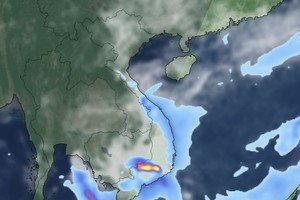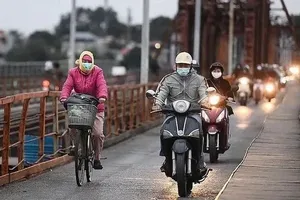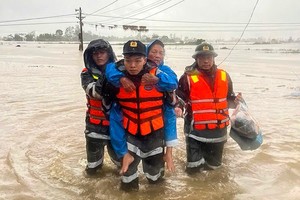
According to the Hanoi Department of Natural Resources and Environment's automatic environmental monitoring system, numerous areas in Hanoi experienced elevated AQI levels on the morning of January 12. Notable examples include Nguyen Van Cu in Long Bien District with an AQI of 165, An Khanh Commune in Hoai Duc District of 151, and Van Ha Commune in Dong Anh District of 145.
In particular, the global air quality monitoring application Air Visual ranked Hanoi 9th out of 100 most polluted cities. Along with that, many other localities in the North also have bad AQI indexes, such as Bac Ninh, Thai Nguyen, Phu Tho, Bac Giang, Thai Binh, Nam Dinh, Ha Nam, Hung Yen.
The US Embassy's monitoring network forecasts that Hanoi's air pollution will persist over the next three days. Morning air quality is predicted to be bad and very bad while conditions may improve slightly in the afternoon.
However, even with potential afternoon improvements, the air quality is still expected to be detrimental to the health of sensitive groups, including the elderly, children, and individuals with respiratory or cardiovascular conditions.
AQI is an index that monitors air quality ranging from 0-500. When the AQI index is 101-150, the air quality is poor, which can cause respiratory problems for sensitive groups. With the AQI of 151-200, the air quality is poor, which can cause health problems for everyone.
The World Health Organization warns that exposure to air pollutants increases the risk of acute respiratory infections, chronic obstructive pulmonary disease, asthma, cardiovascular diseases and stroke. Additionally, it can lead to skin damage, eye disorders, and negatively influence the nervous and immune systems, as well as mental health.
